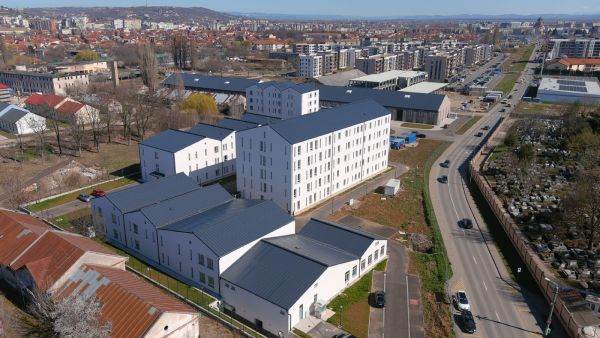Five years after the launch of the national program for the development of dual university education campuses, only one campus is functional in Romania, said Sorin Câmpeanu, president of the National Council of Rectors (CNR) and former Minister of Education. In 2020, when he was Minister of Education, Sorin Câmpeanu introduced dual education as a strategic priority, aimed at bringing the university environment closer to the labor market. The program provided for the creation of 29 dual campuses, aimed at offering students combined training - theoretical and practical, in partnership with companies from various economic fields. "Dual education is a very important component. In 2020, we introduced dual education as a priority. 29 contracts were signed for the creation of dual education campuses. Unfortunately, the administrative capacity of our universities has proven to be lower than the ambitious objectives we set. Currently, only one is functional. In a few months, I like to believe, we will have seven or eight functional campuses," said Câmpeanu.
• Bridge between theory and the labor market
The dual model involves a combination of theoretical study and professional practice, through constant collaboration between universities and the economic environment. The goal is twofold: training a qualified workforce for companies and creating real professional opportunities for young people. "Dual education is achieved half theory, half practice. It is achieved through a much clearer and permanent connection between the university environment and the economic environment, between the employee and the universities," explained the former minister. Câmpeanu stressed that, although there are financial resources and political will, the projects are delayed due to a lack of coordination between institutions and university bureaucracy. "The resources are there, the will is there, but more efficient coordination is needed,” he said.
• European investments and administrative obstacles
The dual university education campuses were financed through the National Recovery and Resilience Plan (PNRR) and other operational programs, with the aim of reducing the gap between education and labor market requirements. According to public data from the Ministry of Education, the total investments for these projects exceed 600 million lei, and the beneficiaries are universities in academic centers such as Bucharest, Cluj-Napoca, Iaşi, Timişoara, Braşov or Constanţa. However, bureaucracy, lack of expertise in project management and administrative bottlenecks have significantly delayed their implementation. Some universities are facing difficulties in finding suitable economic partners or obtaining construction permits. Câmpeanu estimates that by the middle of next year, at least eight campuses could become functional, if the procedures are accelerated.
At the same time, the Ministry of Education announces that it is working on a national strategy to expand dual education, not only at the university level, but also at the pre-university level - for technological high schools and vocational schools.















































